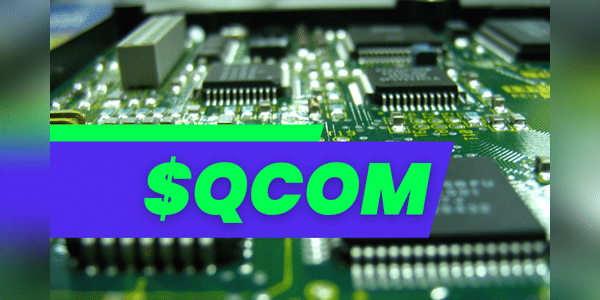Big tech giants tend to be in the sights of investors mainly because of their growth potential. But what if there is one that has the potential to become a long-term stable dividend company?

A basic overview
Qualcomm $QCOM is an American company that designs and manufactures wireless telecommunications chips and software. It was founded in 1985 in San Diego, California. Qualcomm's main business is the development and sale of CDMA (Code Division Multiple Access) technologies, which are technologies for wireless voice and data transmission. Qualcomm not only develops these technologies but also sells them to companies around the world through licenses.
Qualcomm is one of the leaders in the mobile chipset market and supplies its chips to almost all major mobile phone manufacturers such as Samsung, Apple, Xiaomi and Nokia. But in addition to chipsets, Qualcomm also develops mobile operating systems, especially for Android products. Its other areas of activity include wireless charging, V2X…